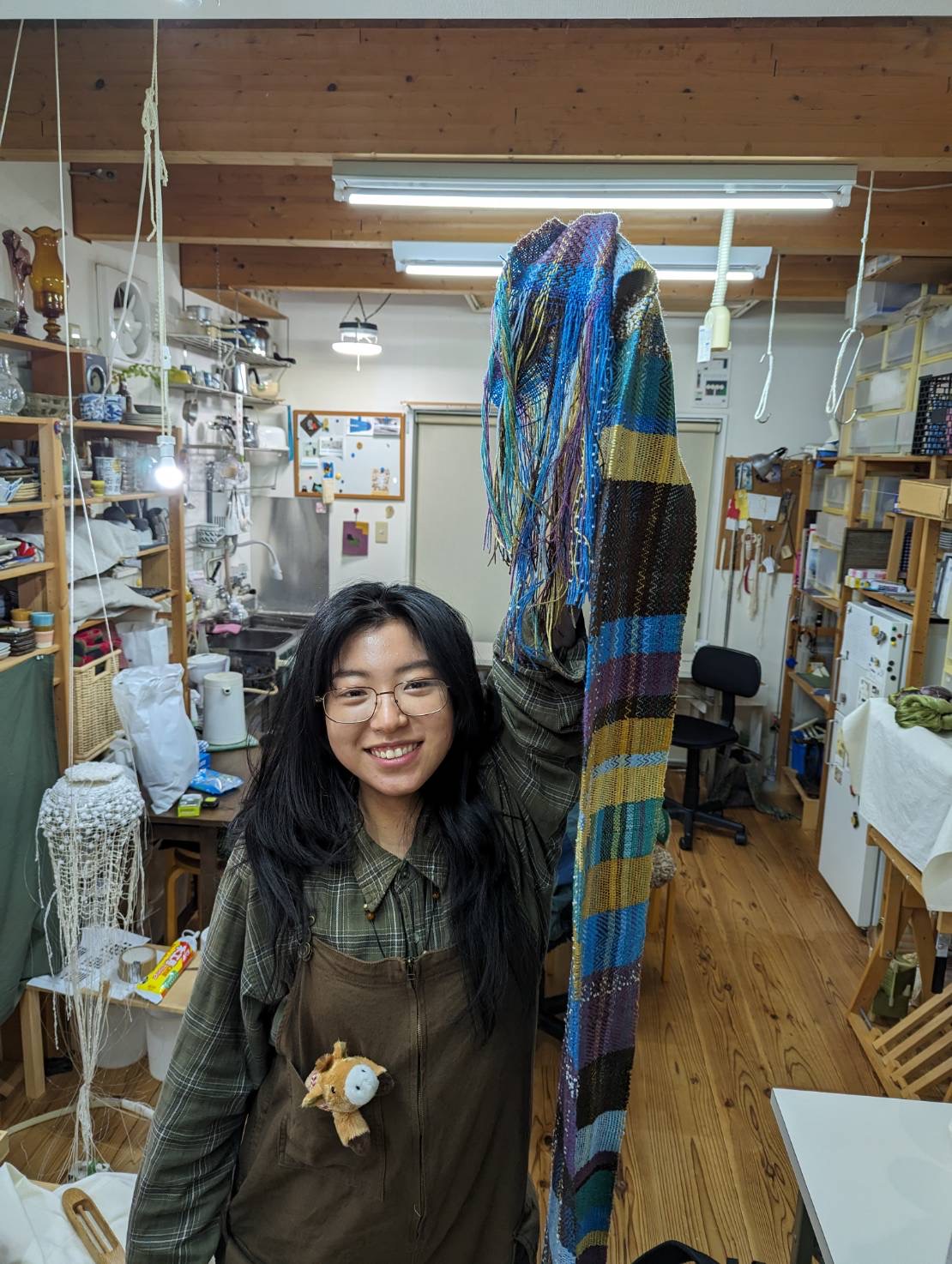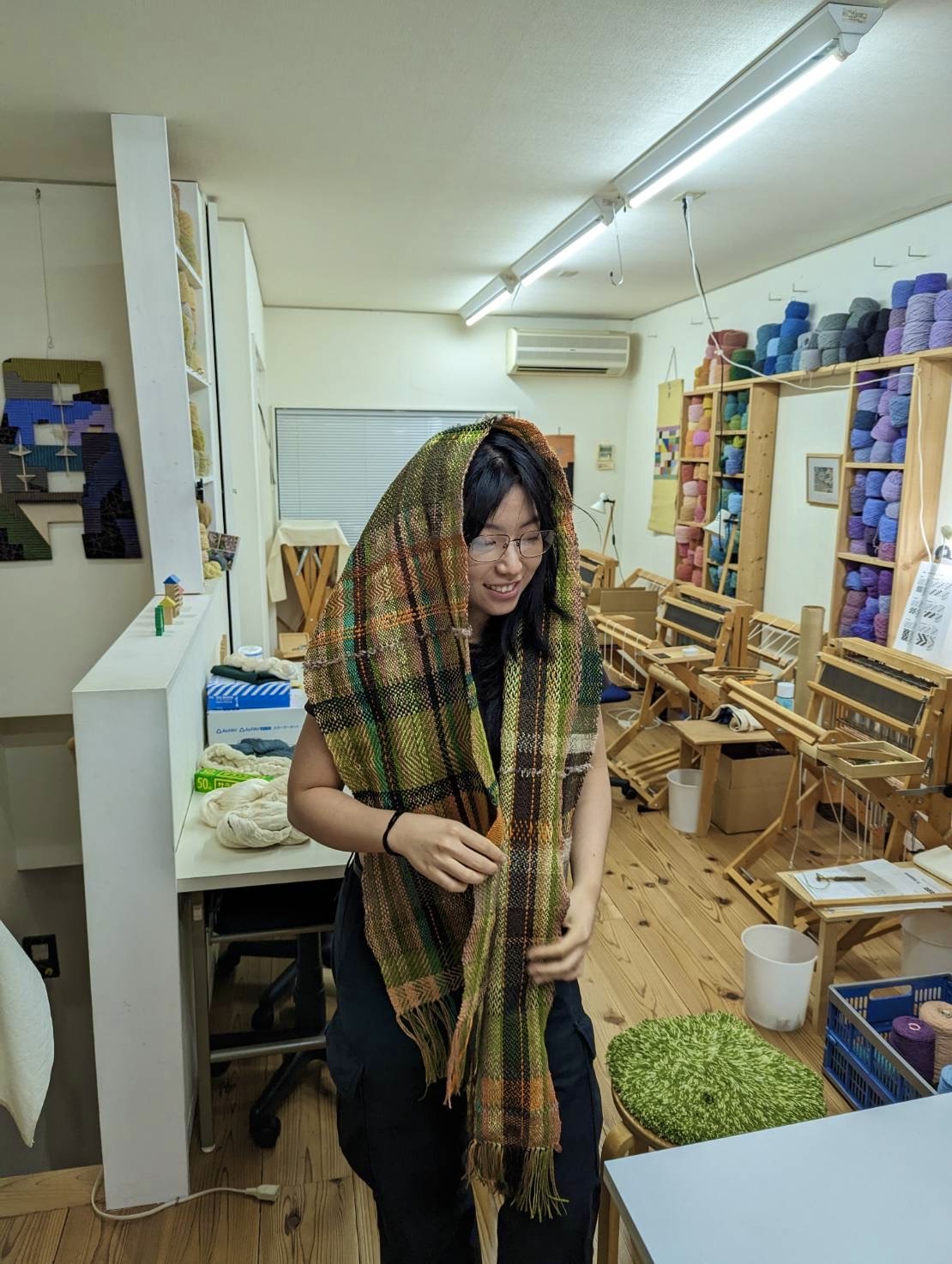I don’t want to write this blog, because it means that my time in Okamoto-sensei’s manga class is almost over. Out of all the events and opportunities provided by KCJS, nothing made me feel more valued as a member of the community than my Manga CIP. I have made real Japanese friends (not just hey-we-met-once-and-added-each-other-on-Facebook-but-actually-what’s-your-name-again “friends”), people I will keep in contact with and, when I come back to Japan, will go out of my way to meet again. Manga class has been the one piece of home in a time abroad.
The incredible thing about my manga class is that everyone is completely supportive of one another. Whenever I felt dejected and thought “I will never be as good as A-san so what’s the point,” everyone was quick to tell me that my art is my own style and no one can draw the way I do, because the pictures I draw are mine, are special. It sounds cliché now, but that encouragement has meant the world to me.
This may just be the artist talking, but sometimes I look at what I’ve drawn, and I think, “Wow, I haven’t improved at all.” It’s easy to think this when Okamoto-sensei always couches praise between criticism: 「この辺はいいけど、この辺はちょっと…」. However, recently, a girl who had previously attended the manga class but is now a published artist has been visiting. Whenever she is there, Okamoto-sensei talks about me as if I’m not there and praises my work minus the disclaimers. “This is her first time inking, and you can see she understands when to make thin lines and thick lines,” “You should have read her Cheesecake manga, the action scenes were well done,” “She’s very patient and doesn’t rush, that’s why her art is clean” – after hearing all of this (for the first time!), I couldn’t stop smiling the entire class.
Now I realize that Japanese people in general feel more comfortable showing praise indirectly. Because I was only ever told points I could improve on, I interpreted that as I wasn’t doing anything right. However, that’s not the case at all – the second another non-student was there to listen, Okamaoto-sensei said only good things about my work. Perhaps directly praising someone runs the risk of discouraging the other students, or maybe you don’t want the student to get too cocky, but either way this dynamic is different from what I experienced in American classrooms.
I will never forget Okamoto-sensei, the kind assistant Fujita-san, the always-drawing-male-love-scenes-that-make-the-sensei-shake-his-head student, the two high school girls that are always squealing 「すげー!!」about something probably Sonic related, and the boy who offered me his heat pack that he fished out of his back when I said my hands were cold when we went out to eat ramen after class. Until we meet again!



